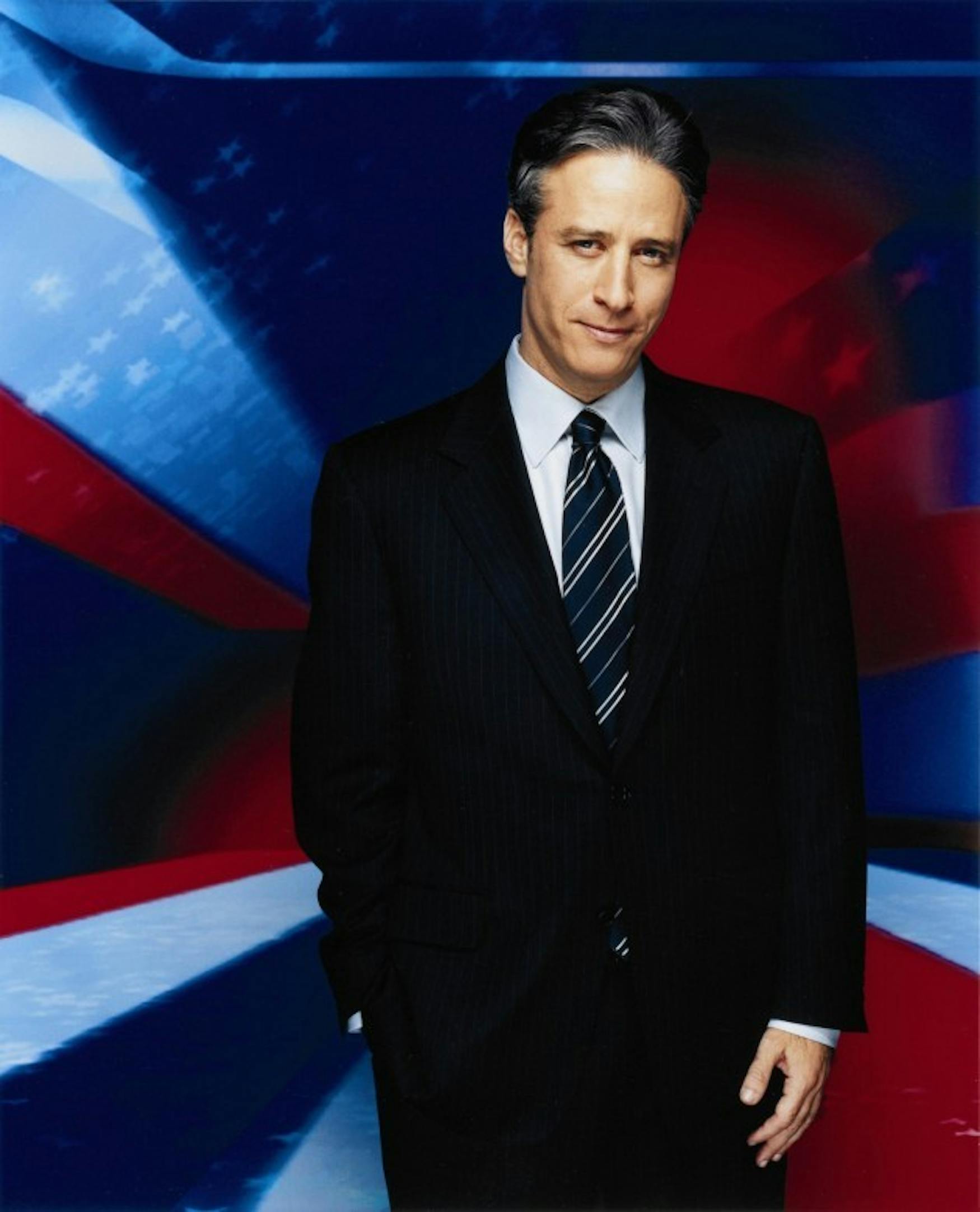Stewart mocks 2012 election, gets big laughs
Taking a seat in the packed studio on West 11th and 52nd Street in New York City for Jon Stewart's The Daily Show, I readied myself for an experience like no other. I was about to see a show, live, that I have come to appreciate for its reporting of political news, ironic for a Comedy Central program.
As I grew enamored with the world of politics, and, conversely, distrustful of the biased coverage of Fox News, MSNBC and other news outlets, I turned to an unlikely source—The Daily Show. With factual reporting of the major political developments of the day expertly coupled with scathing satires of the sometimes laughable inadequacies of American politics, it is a can't-miss show. After years of ritually turning on the television to Comedy Central at 11 p.m., I received my reward: an opportunity to see the taping of the Jan. 5 show at the New York City studios. Naturally, I jumped at the chance—for a free show that requires a reservation six months in advance, how could I not?
That day, after waiting for two hours in the bitter Manhattan cold, I finally gained entrance to the iconic set of The Daily Show. The audience only seats 150 people, and it looked to be an extremely intimate experience—mere feet away from the news desk of Jon Stewart.
The show started with an opening act from comedian Paul Mercurio, used to ratchet up the energy level of the audience before Stewart's turn on set. Mercurio almost ended up rivaling the headliner himself, using the audience to shape his act. He targeted various people in the crowd—the lone investment banker in a flashy suit, a tattoo artist and a sailor, to name a few—confronting them directly with crude one-liners and raunchy punch lines. The technique did the trick, eliciting endless waves of laughter from the audience. By the time Mecurio departed, we were not only ready for Stewart, but unsure if he could even compare.
I was immediately proven wrong. Walking onto the stage, Stewart captivated the audience from the first moment with his self-deprecating humor. Before the taping began, he fielded questions from the crowd, ranging from "What is your favorite childhood food?" to "Sarah [Palin], Hillary [Clinton], Michele [Bachmann] … which one [is your favorite]?" He answered each with his off-the-cuff, incisive wit, gearing the audience up for what would be an unforgettable night. After the question-and-answer period, it was showtime. From the moment the lights dimmed and the cameras zeroed in on Stewart, The Daily Show lost its informal, coffeehouse-like atmosphere. Instead, the audience became a tool for Stewart's humor, cued to laugh and clap, in the massive operation of The Daily Show, a program broadcast to over 1,000,000 homes. Stewart began the program with his opening "Indecision 2012" rant, reliably amusing given the bedlam of the Iowa caucus a day earlier. He then cued to one of his "correspondents," John Oliver, for "Indecision 2012," one of the main segments of the show.
Drawing upon the news that President Obama had selected Richard Cordray, the former Attorney General of Ohio, to head the Consumer Financial Protection Bureau a day earlier, Stewart and Oliver did what they do best. Integrating real-time video clips and advanced special effects with a heated, uproarious debate between the two analysts, the audience was caught in fits of hysterical laughter.
After a commercial break, Stewart then moved to his other main piece of the program. Guiding the audience to a pre-screened interview, he proceeded to issue a scathing satire of the Republican Party. In this instance, he highlighted the rejection of a Muslim-American citizen in Florida to the Party, despite meeting the criteria for admission and idolizing its ideals. This illogical scene nearly brought the audience to tears.
Stewart rounded out the program with his daily interview, often the most serious part of his show. In this episode, he sat down with author Craig Shirley to discuss his new book, December 1941: 31 Days that Changed America and Saved the World. This discussion was intriguing for the history buffs in the audience—namely me—but seemed to appeal less to others who were looking for the hysterical laughs that usually define Stewart's show.
After some parting remarks from Stewart, the lights returned, thrusting me back into the real world. Walking out into the busy Manhattan traffic, I felt enlightened. I had laughed more than I could remember recently, yet felt more knowledgeable about politics than I would from tuning into CNN or NBC. Jon Stewart does the American citizen a service, delivering world-class, high-quality news reports in an enjoyable way.



Please note All comments are eligible for publication in The Justice.